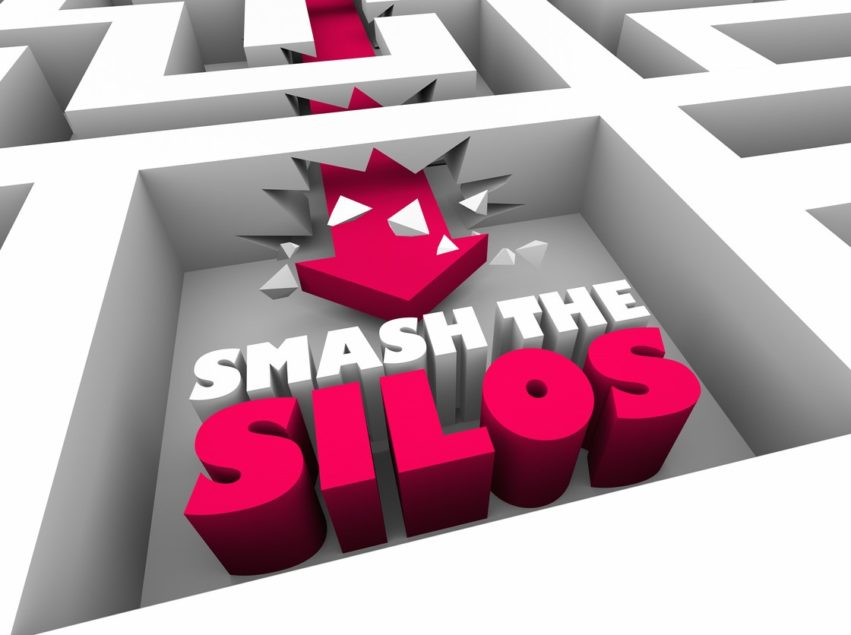Following the Great Recession, regulators started requiring more regular “stress tests” at banks, probing for weaknesses to ensure they could withstand a worst-case scenario. Overnight, tiny compliance and risk-management departments were shaken up, scrutinized and strengthened. Now, stressors from the global pandemic have exposed similar vulnerabilities in procurement, and the discipline is scrambling to optimize more quickly.
Procurement orchestration plays a crucial role in ensuring the efficient and successful acquisition of products and services. But very little of the past few years could be called efficient and successful. According to a recent McKinsey report, procurement leaders are now facing one of the toughest market environments of their careers.
Each year since 2012, Deloitte has tracked sentiment among chief procurement officers (CPOs). The 2021 Deloitte Chief Procurement Officer Survey painted a stark picture, full of challenges and changed priorities.
“There’s so much more to procurement today,” the report said, citing “innovation, digital transformation [and] introducing new products and services, not to mention other factors such as climate change, geopolitical stability, increasing societal expectations and world health that are increasingly becoming a strategic priority for organizations.”
Perhaps the biggest shift has been toward digitization. A recent PYMNTS study estimates that approximately 40% of procurement duties can be automated, but that only 19% of chief financial officers report they’ve fully automated the financial processes at their firms. The truth is, while procurement looks vastly different than it did a decade ago (when most companies were still using Excel spreadsheets), the current pace of innovation is accelerating digital transformation even faster. For early adopters, that can lead to big competitive advantages.
For a long time, procurement was siloed, oriented around individual transactions, and kept separate from other functions. When there wasn’t a lot of data to deal with, this worked fine. But modern procurement leaders are facing complex and disparate data sets, and without a connective tissue to align information, they’re not getting a complete picture of their operations. While many companies have invested in enterprise resource planning (ERP) systems to control costs of procurement over the last 10 years, those initiatives are in vastly different stages.
As the industry becomes further digitized, more data is being processed and transformed through cloud-based platforms, intelligent automation, blockchain and analytics tools that help organizations operate much more efficiently. A structured process makes it easier to identify opportunities and prioritize which projects to take on and when, streamlining procurement and increasing return on investment.
There’s a close, nuanced, relationship between procurement and supply chain. While procurement acquires what you need to run a business, supply chain figures out how those things are produced and delivered. You’d assume the two departments work hand-in-glove, but historically they’ve been kept apart, building walls around crucial data sets.
As Strategy& explained, “Digitization brings down the walls of supply chain silos, and the chain becomes a completely integrated ecosystem that is fully transparent to all the players involved — from the suppliers of raw materials and parts, to the transporters of those supplies and finished goods, and finally to the customers demanding fulfillment.” The result is what Deloitte calls a “digital loop,” a continuous flow of data, information, goods, and services between the physical and digital worlds.
The pandemic has only hastened this digitization, and converted more believers. One survey reported 93% of procurement leaders are planning to increase the resilience of their supply chains in the years ahead.
Two-thirds of the average company’s environmental, social, and governance (ESG) footprint is from suppliers, but a 2021 survey of CPOs at large companies found that only 20% said their organizations measured sustainability as a primary criteria in sourcing suppliers. And fewer than 10% said that sustainability was included in category strategies.
To meet sustainability commitments, companies need first to benchmark their carbon footprint. Benchmarking can reveal hidden ESG strengths and weaknesses, and show progress on goals. As McKinsey notes, “Including sustainability as a standard measurement in procurement processes is an effective way to reduce ESG-related risks and spot opportunities” for improvements. That puts the “procurement function front-and-center in creating a sustainable business model, and CPOs need to ensure they have the right tools, data, and capabilities” to support this shift.
Overhauling legacy processes, policies, and mindsets isn’t easy, and CPOs need to stay agile. Oftentimes, it’s not a single solution. Even companies that have just undergone a big digital transformation are finding ways to benefit from additional layers of analytical software, artificial intelligence and automation. The tools will be out there, but it’s up to procurement to acquire them.
Anders Lillivek is chief executive officer of Focal Point,


